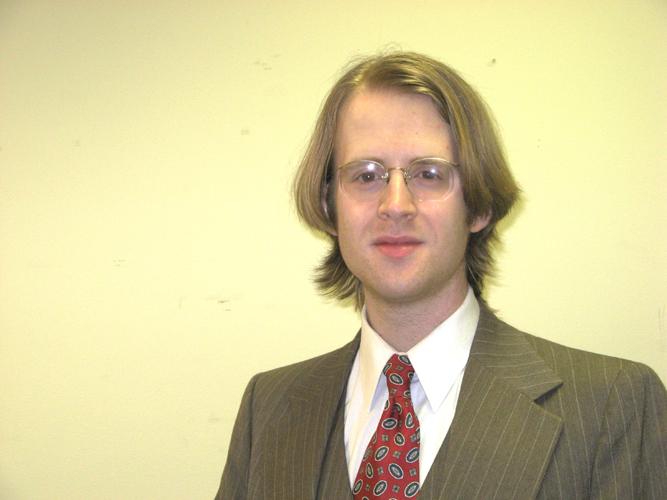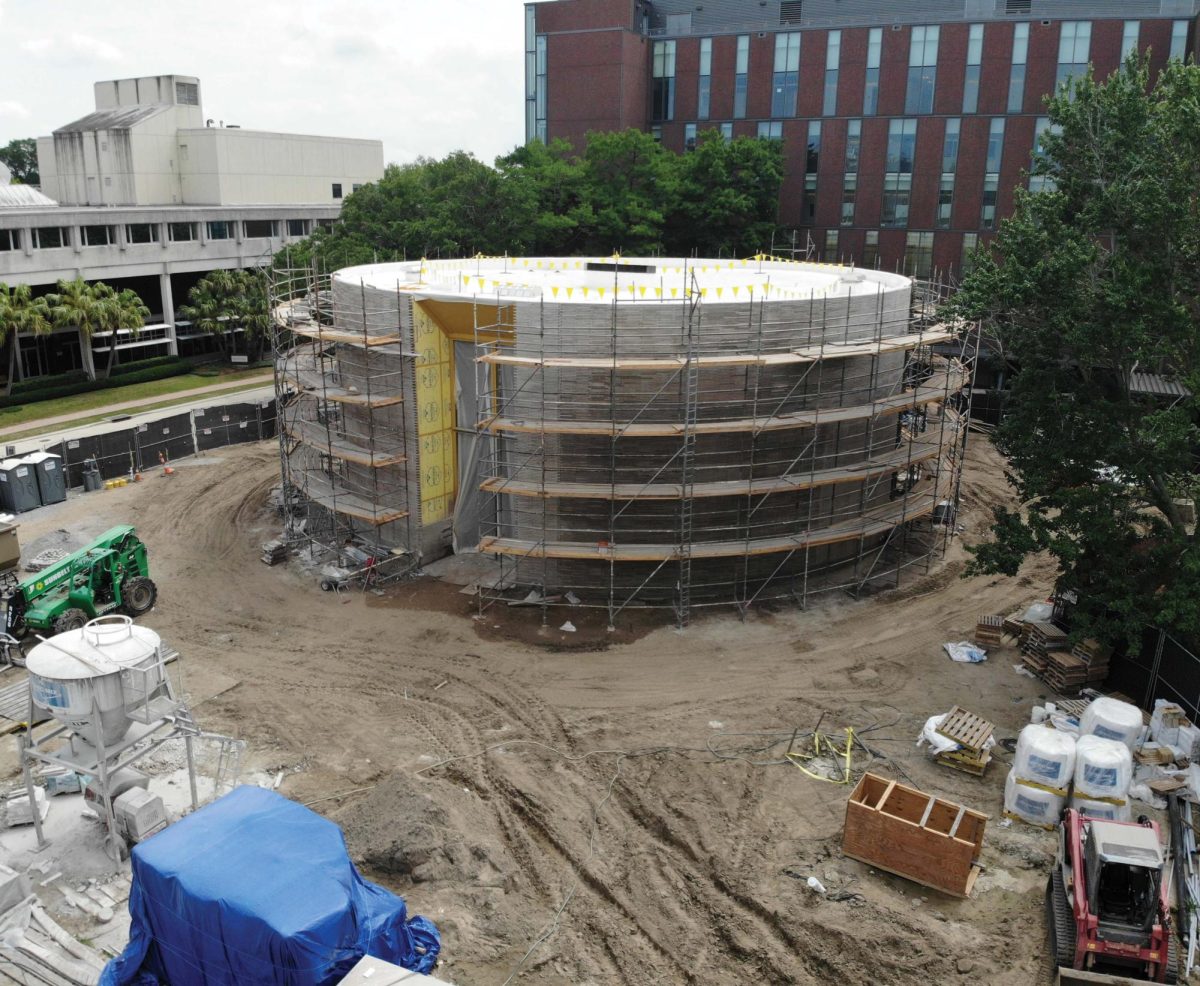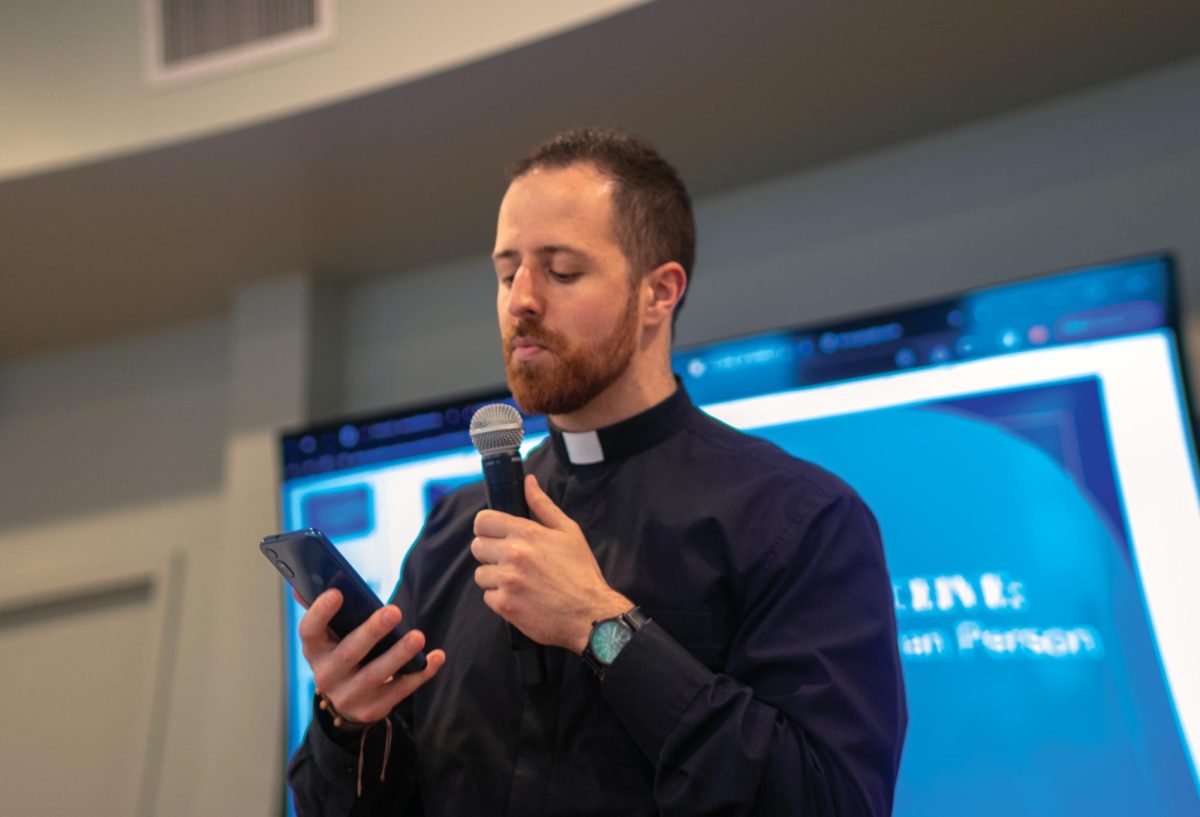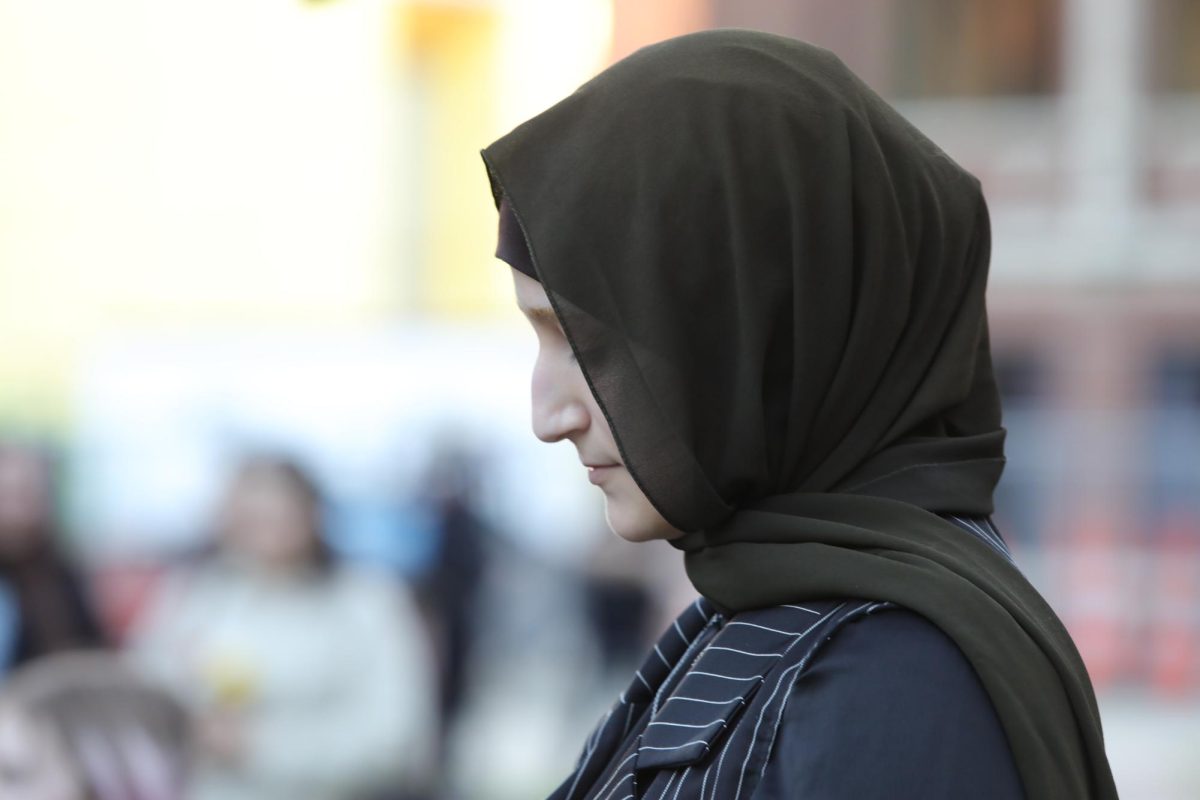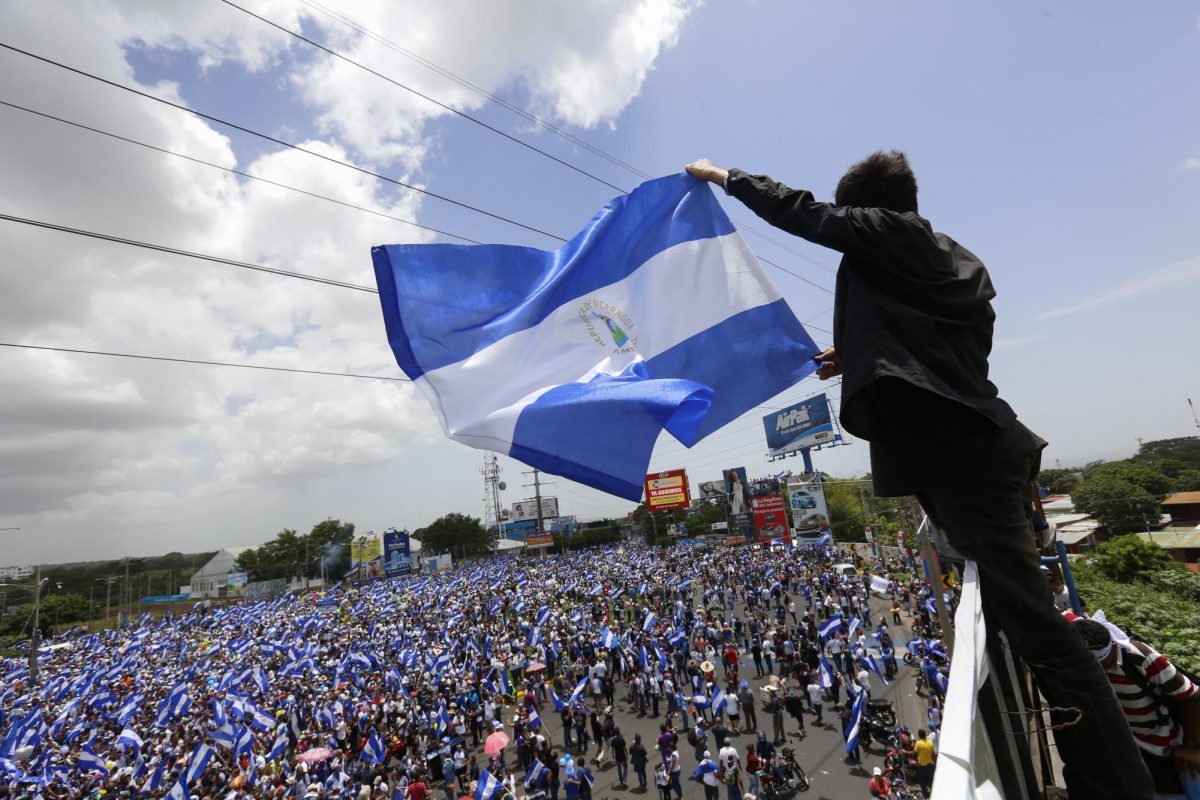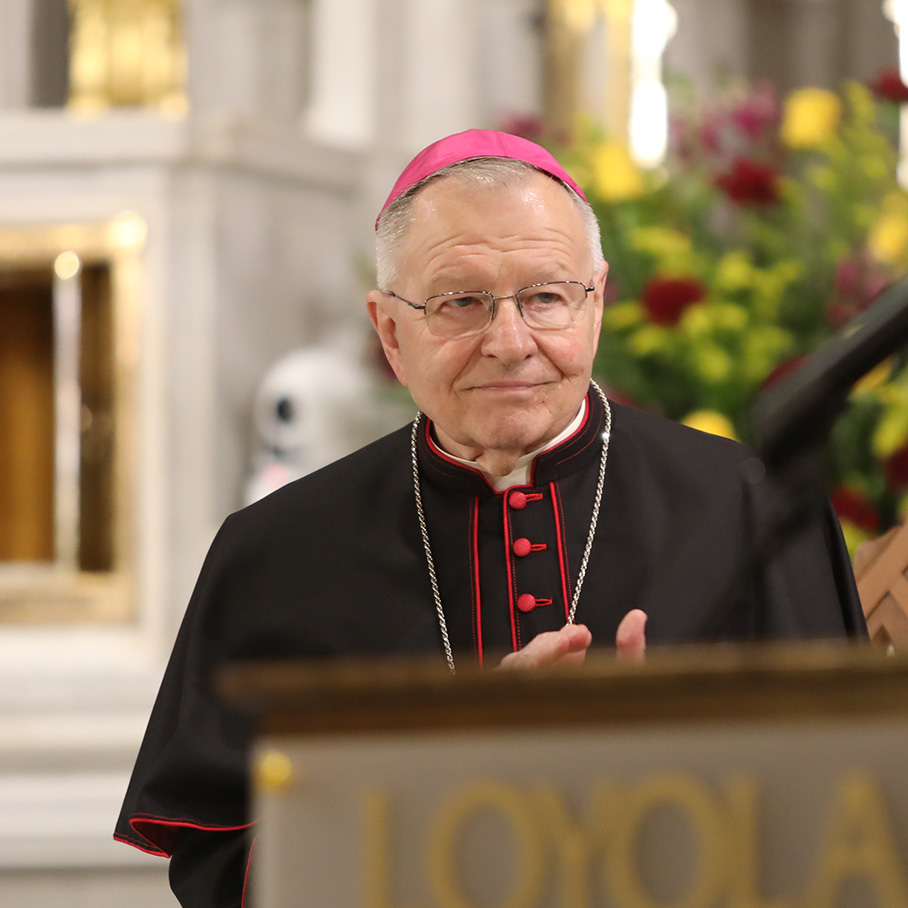The Church and ancient Rome make for strange bedfellows, given the initial hostility between the two. How ironic that the same language, within the span of a few hundred years, proclaimed not only that burning Christians should light the streets of Rome, but also that bread and wine was become the body and blood of Christ!
Indeed, until the middle of the last century, all Masses were celebrated in Latin. Since the Second Vatican Council, the Tridentine Mass has fallen out of favor; but it still has many merits which may not be immediately apparent.
The Loyola community had the opportunity to enjoy a Latin Mass on Sunday, April 4, in Holy Name of Jesus Church. The Rev. William Farge, S.J., celebrant, noted in his homily that “if the purpose of the Mass were primarily a gathering of people, and if the priest celebrating were primarly a teacher, or if the celbrant’s main function were primarily to lead the people in prayer, then there would be no sense to having the Mass in Latin.” In a modern Mass, someone unfamiliar with Catholicism might guess that the priest, facing the congregation and speaking in their vernacular, was an instructor, or even an entertainer.
My elementary school teachers criticized the old rite on many grounds, but their favorite point was that the priest “turned his back to the congregation.” Giving one’s back to the audience is indeed a fundamental faux pas of stage acting, but what they mistakenly assumed is that the priest’s audience is primarily the congregation.
In the Latin Mass, the priest, as mortal as the congregation, is more plainly realized as the laity’s specialist delegate to the altar, who faces the tabernacle and addresses the prayers of the Mass directly to God. In this way, the priest is arguably in greater union with the congregation than in the modern configuration.
As for the Latin language, I believe that anyone seeking linguistic excellence would find the study of Latin salutary; but, alas, not all who attend Mass seek linguistic excellence, so how is celebrating the Mass in Latin justified?
Indeed, those who advocate vernacular Mass rightly point out that rote-memorized Latin prayers may be less sincere than those uttered in one’s mother tongue. But does the language really matter when a prayer is uttered for the millionth time?
Any routine requires effort to be sincere. More importantly, couldn’t a prayer be more sincere if it were uttered in a special, mysterious, ancient language, rather than the mundane vernacular, well-worn from casual, daily use?
The old Mass provides a comprehensive sensory experience: the sight of majestic architecture and holy vessels, the smell of burning incense, the sound of continuous music, the feeling of making ritual gestures and the taste of the host.
Unfortunately, many see the Latin Mass as a bizarre artifact from the Church’s backward past. Rather, the Latin Mass is an opportunity to temporarily set aside our current problems with ourselves, our fellow men and even with the Church itself, and to reflect humbly upon that which is too mysterious to be understood.
Edward Seyler is an economics senior.
He can be reached at


